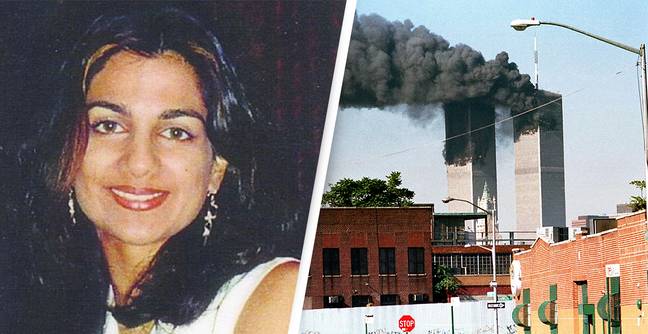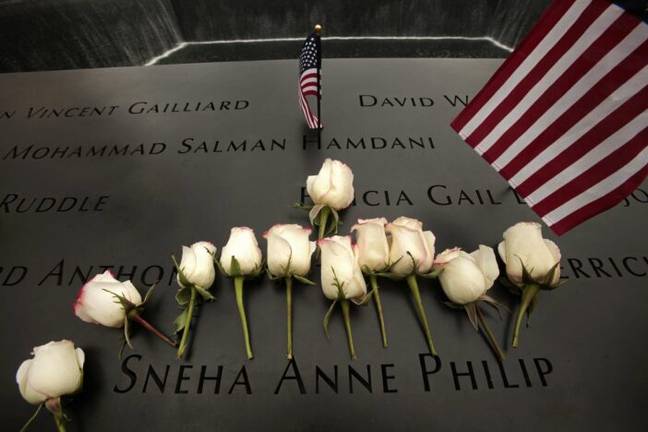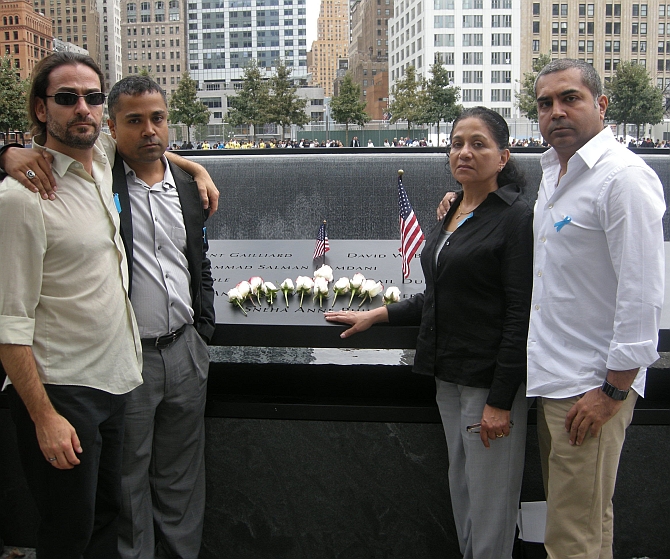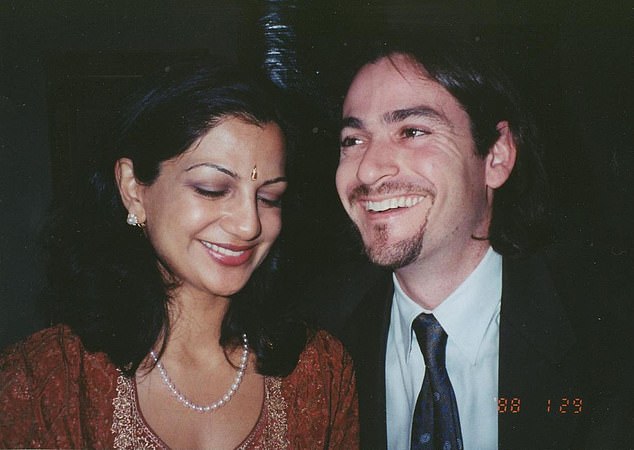One of the listed victims of the terrorist attacks may not have been at Ground Zero at all
Twenty years have passed since Sneha Anne Philip was last seen alive in New York City.
Within that time, she’s been included, removed and readded to the official 9/11 victims list, accounts of her actions have been given and retracted, and even her official date of death has been changed. The descriptions of her life and character given by police and her family are so markedly different, they could be about two entirely separate people.
In other words, even after after two decades, the fate of Sneha Philip remains a complete mystery.

The 31-year-old doctor spent a seemingly peaceful afternoon at home alone in her downtown Manhattan apartment on 10 September, 2001. She repotted some orchids, and spent two hours chatting to her mum over instant messenger, telling her about a fun night out she’d had and sharing plans for the week ahead. In the late afternoon, she headed out to do some shopping at a nearby department store, where she bought lingerie, a dress, bed linen and some shoes. She was captured browsing there on CCTV.
And that, according to all official records, was the last trace of her. Many versions of the rest of her story have been told, among them that she used the cover of 9/11’s chaos to escape her increasingly complicated life; that she was killed at the World Trade Center, heroically helping those injured by the terrorist attacks; that she met with foul play on a night out.

Not a single one of those theories are supported by anything but the flimsiest scraps of evidence.
Ron Lieberman, Sneha’s husband, first sounded the alarm about his missing wife on the morning of 11 September. She hadn’t been home when he got back from work at the Jacobi Hospital the night before, but it wasn’t unusual for her to stay out overnight without letting him know. He left again the next morning without having seen her. When Ron heard the news that a plane had just struck the North Tower of the World Trade Center, about two blocks from their apartment, he called around her friends and family to see if anyone had heard from her. They hadn’t.

Sneha was listed as one of the presumed victims of 9/11, and her family firmly believe she died a hero that morning, reported New York Magazine. It’s certainly possible she could have seen the crisis at Ground Zero, rushed to use her medical training to help the injured, and then been killed as the buildings collapsed, like so many others.
But after looking closely into Sneha’s life before her disappearance, police suggested the story might be quite a different one.
Sneha’s private life had become increasingly complicated. She had not had her intern contract renewed at Cabrini Medical Center because of “alcohol-related issues”, and had been suspended from her new job at Staten Island’s St. Vincent’s Medical Center for not showing up to meetings with her substance-abuse counsellor.

Court papers indicated her marriage was in something of a rocky patch, describing “marital problems” linked to the fact Sneha would often stay out all night without telling Ron, sometimes going home with women she met in lesbian bars. A police report says Sneha’s brother John claimed to have walked in on her and his girlfriend having sex the month earlier.
Sneha was also facing legal difficulties – she had been arrested and spent a night in jail for filing a false complaint against a colleague she accused of groping her on a night out. On the morning of her disappearance she made an appearance in court to plead not guilty, and police records state that she and Ron had a “big fight” there that ended with Sneha storming off.
Could their argument have continued and spiralled out of control later? Could Sneha have decided to leave her problems behind and disappear intentionally? Could a late-night encounter in a bar have been with someone who did her harm? With no evidence placing Sneha at the World Trade Centre on 11 September, all these questions were wide open.

Almost every detail of the picture painted by police of a woman with troubles was hotly denied by Sneha’s family. Ron says the fight at the courthouse never happened and her nights out were completely innocent. “Because we don’t live a conservative lifestyle doesn’t mean that anything abnormal is going on,” he told New York Magazine in 2006. John insists the claim he made about his now-wife having sex with Sneha was fabricated by police, and the family are adamant she didn’t have serious alcohol problems and that a brief spell of depression was over.
Nonetheless, as a result of the police report’s findings, a Surrogate Court judge removed Sneha Philip from the 9/11 victims list in 2004, citing her “personal and professional problems” and a lack of evidence proving her whereabouts on the morning of 11 September. “This particular lady was known to be missing the day before,” said the statement. “They had no evidence to show that she was alive on 9/11.”
The following year, a Manhattan judge ruled that Sneha officially died on 10 September, 2004 – as state law dictates, three years to the day after her “unexplained absence commenced”.
Her family were devastated. To them, the only story that made sense was the one in which Sneha, described by her mother Ansu Philip as “kind, compassionate, beautiful inside, beautiful outside”, endangered herself to help those in need. She told New York Magazine: “It’s more peaceful for me to think she died in the World Trade Center than … I cannot bear to think that somebody killed her.”
Being denied the closure that came from her name being included on the list of 9/11 victims simply piled suffering on to the pain of her loss. The family fought hard over the next few years to have the ruling overturned, and in 2008, an appeals court did reverse the Surrogate Court’s decision.
Justice David Saxe wrote. “Even without direct proof irrefutably establishing that her route that morning took her past the World Trade Center at the time of the attack, the evidence shows it to be highly probable that she died that morning, and at that site, whereas only the rankest speculation leads to any other conclusion.”
As the 2,751st victim of the 9/11 terrorist attacks on New York, Sneha’s name was included on the memorial to those who lost their lives that day, and this undoubtedly brought comfort to her family, along with a place to grieve.
For those still pondering the unanswered questions of the case, there may still be little to suggest she was in the vicinity of the World Trade Centre that day, but the evidence for any other turn of events is equally scant.
A body has never been found to suggest an accident or murder and her passport and credit cards were left in her flat, indicating no plans to disappear. Her husband, firmly ruled out of the investigation by police, worked tirelessly to find her, even hiring a private investigator at one point. As for the problems in her personal life, as Ron says: “Even if she did all these things, it doesn’t explain what happened.”
After so long, it seemed until recently as though the mystery would never be solved. But just a matter of weeks before the 20th anniversary of 9/11 and Sneha’s disappearance, the tiniest ray of hope appeared.
New York City medical examiner’s office was approved to use new, cutting-edge DNA technology to test the body parts recovered from Ground Zero belonging to the 1,100-odd victims never accounted for, reports the New York Times.
Forensic scientists are examining thousands of fragments, often bone shards “the size of a Tic Tac”, to try and solve more of these cases and where possible, return the remains to loved ones’ families.
So the possibility, although perhaps as small as those fragments, remains that one day it will be proved beyond doubt that the end of Sneha Philip’s story was every bit as heroic as the memory her family hold of her.
Source: independent.co.uk








